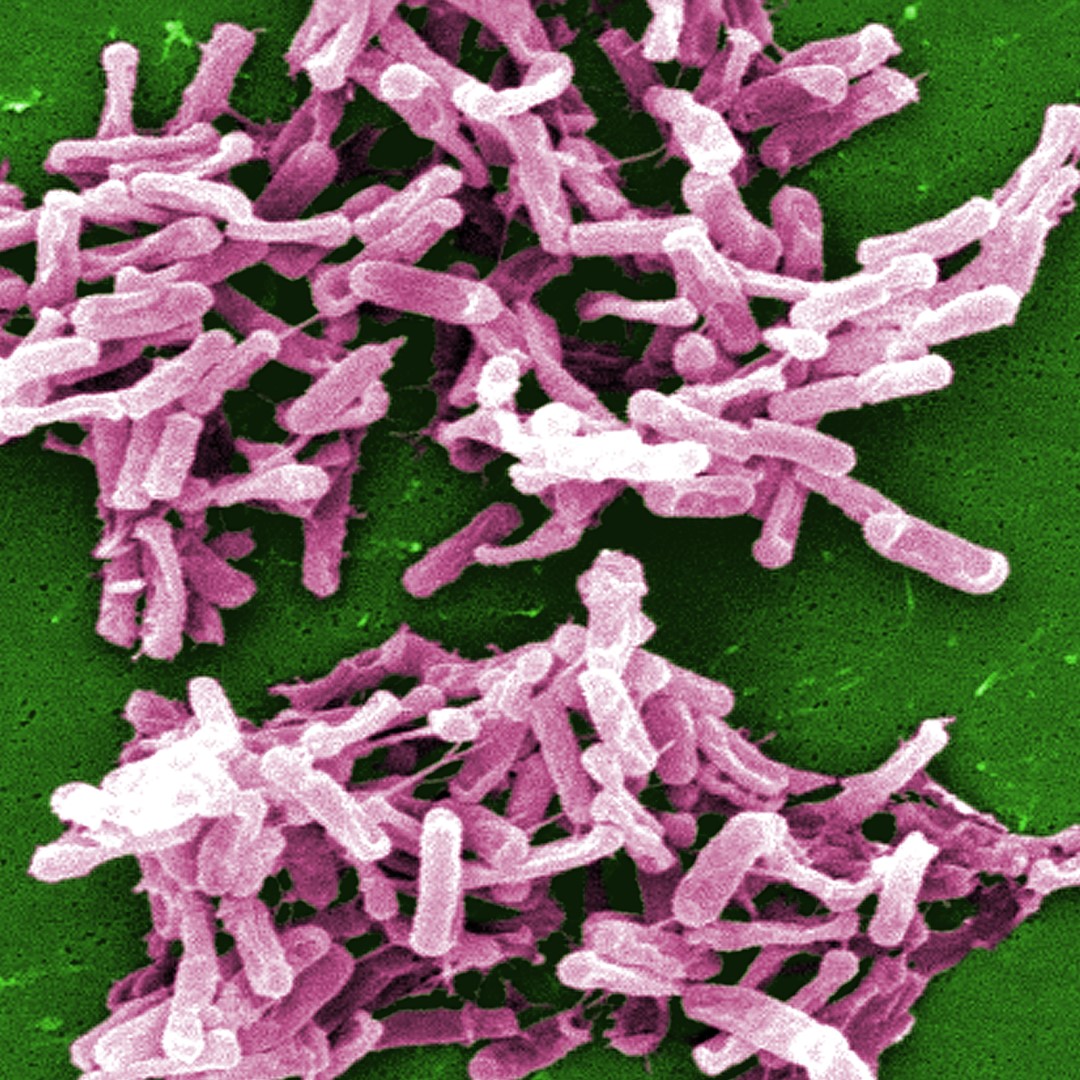
Research Uncovers Hidden Spread of Common Hospital-Associated Infections, C. diff
On Apr. 4, 2025, a team of researchers led the University of Utah Health reported that by tracking the bacterium Clostridium difficile (C. diff) through the hospital environment, rather than on patients alone, scientists uncovered previously undetected movement of C. diff bacteria through hospital settings. C. diff—causes diarrhea, abdominal pain, and fever and is lethal in about 6% of cases in the U.S.
To track infections throughout the health care setting, the researchers sampled for C. diff from nearly 200 patients across two intensive care units (ICUs), as well as collecting thousands of samples from hospital room surfaces and health care providers’ hands.
The researchers used whole genome DNA sequencing to precisely track bacterial movement. Different bacterial samples have genetic differences, which the researchers measured to track movement of C. diff around health care facilities. The team was even able to use these differences to determine if two bacterial samples came from the same patient, rather than being acquired independently from a source outside the hospital.
The team detected the bacteria in 10% of patient ICU stays—either on the patient’s body or in their immediate room environment. And in most of those cases, the bacteria were genetically identical to those found in another patient or another patient’s room, suggesting that the bacteria originated from the same patient rather than coming from two different sources.
By simultaneously tracking different bacterial varieties on patients, health care providers’ hands, and in the environment, the researchers uncovered cases of potential transmission that wouldn’t have been caught with other methods.
Notably, the team discovered that for more than half of potential transmission events, the two patients involved were never even in the hospital at the same time—sometimes being separated by weeks. The key to this paradox is the exceptional hardiness of C. diff: the bacteria can survive for a long time outside the body, withstanding common antibacterial measures such as alcohol-based cleansers. Bacteria from one person could be inadvertently transferred to surfaces in a different room, where they could lie in wait for another patient, undetected.
Importantly, not all C. diff bacteria cause disease, and most of the C. diff spread the researchers observed involved harmless bacterial varieties. However, the researchers say that the spread of non-disease-causing C. diff suggests that similar transmission of disease-causing C. diff could be going undetected. The results were published in JAMA Network Open as “Environmental and Health Care Personnel Sampling and Unobserved Clostridium difficile Transmission in ICU.”
Tags:
Source: University of Utah Health
Credit: Image: Micrograph depicts Gram-positive C. difficile bacteria from a stool sample culture obtained using a .1µm filter. Courtesy: U.S. Centers for Disease Control and Prevention.
